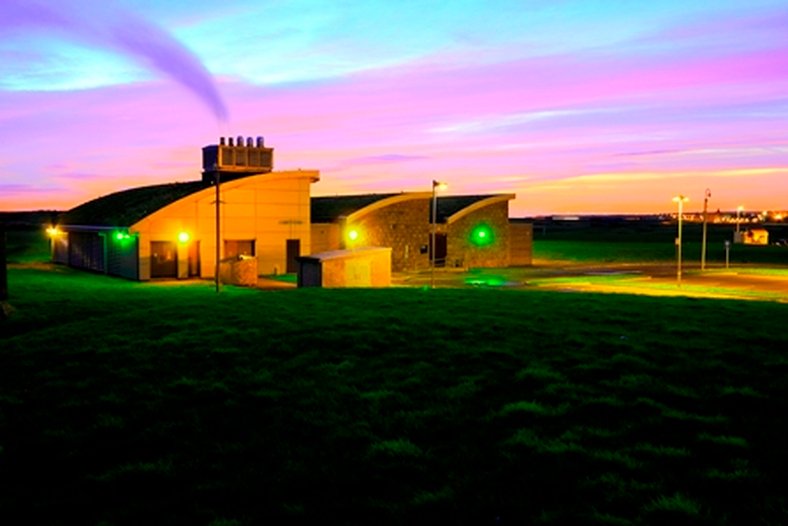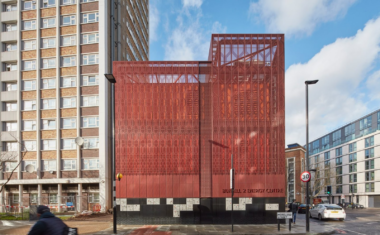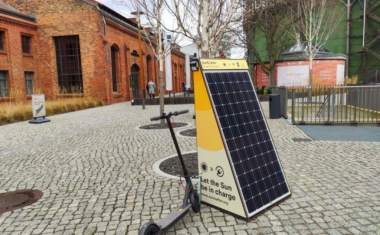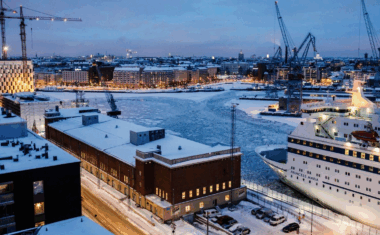Aberdeen Pilot (part of Heatnet NWE Project)
- 5 min to read

About the city. In Aberdeen, 59% of emissions come from buildings, and most of these emissions come from the energy used to heat homes and businesses.
Goal
The aim of the project is to develop district heating networks and other low- carbon heat solutions, install energy efficiency measures and reduce carbon emissions.
Implementation period. The project’s implementation started in 2019.
Fact
- In 2018, the Scottish government proposed increasing the target for reducing carbon dioxide emissions in Scotland from 80% by 2050 to 90% by 2050.
- In 2002, Aberdeen City Council created a separate non-profit company to provide combined heat and power CHP schemes in Aberdeen. Carbon dioxide emissions from these buildings were reduced by 45%, and typical fuel costs for tenants were reduced by up to 50% compared to previous electric heating systems
Solutions
Aberdeen Heat and Power designed, built and maintains the existing district heating network in Torrey and is considered well-placed to be a service provider for extension.
A district heating network is a heating system that heats several buildings. It has a central plant that replaces individual heating systems in each building. The central plant produces hot water that circulates through pipes to each building.
The network provides heat and hot water through a system of pipes designed to ensure low carbon dioxide emissions.
As part of the Heatnet NWE project, Aberdeen City Council is completing a pilot project in Torry. The district’s existing district heating network currently serves three multi-storey blocks. The pilot project will expand this existing network by connecting three municipal buildings: Balnagask house, Provost Hogg court, and the Deeside Family centre.
Compared to each property that has an individual gas boiler, the use of district heating can have the following advantages:
- There is no need for main gas, so the risk of carbon monoxide is eliminated.
- Reduction of fixed fees.
- Reduction of maintenance costs of heating.
- On-demand hot water and supply safety.
- Available heating costs.
- Potential improvement in the energy efficiency rating.
- Reduction of carbon dioxide emissions and improvement of energy efficiency through efficient heat supply and generation.
- Central heating can be supplied to various types of properties.
Team
Aberdeen City Council Aberdeen Heat & Power
Timeline
Potential future plans include expanding the heat network, initially in the Torrey area and eventually crossing the river Dee to connect with other district heating networks in Aberdeen.
If you notice an error or inaccuracy in our editorials, please email [email protected] so we can look into it.






